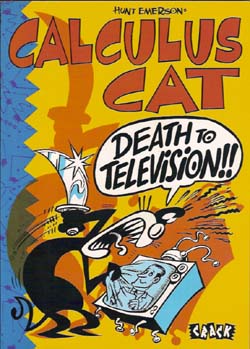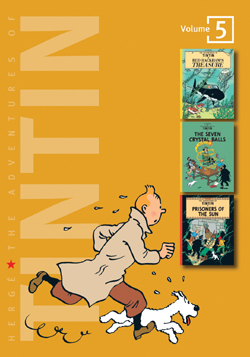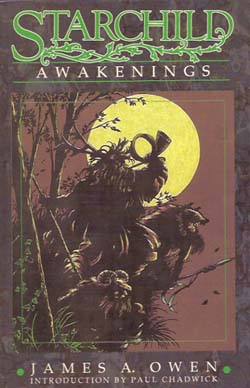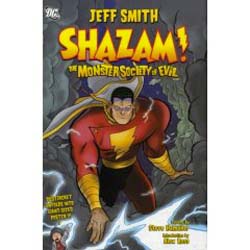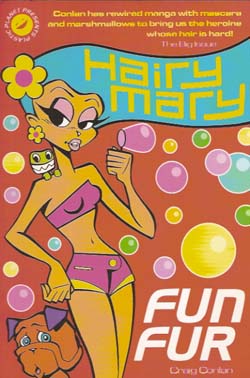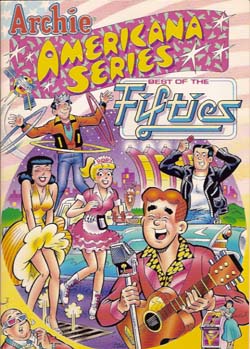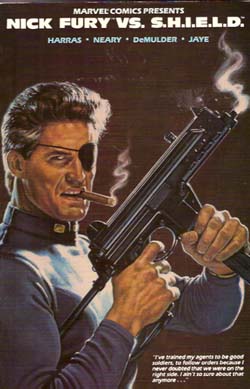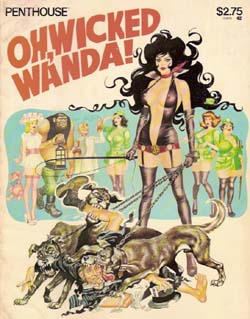
By Frederic Mulally & Ron Embleton (Penthouse)
No ISBN
Not all comics are for kids nor ever were they. The men’s magazine trade has often featured graphic narratives, usually sexual in nature, often highly satirical, invariably of a much higher quality than their mainstream contemporaries and always much better regarded and financially rewarded. Where Playboy had Little Annie Fanny (created by Harvey Kurtzman and Will Elder, it ran intermittently from 1962 until 1988, and revived in 1998, illustrated by Ray Lago and Bill Schorr), publishing rival Bob Guccione wanted the same but better for his publication Penthouse.
He hired journalist, editor (of left-wing magazine Tribune), columnist, novelist and political writer Frederic Mulally to script the exotic, erotic adventures of Wanda Von Kreesus, the richest woman in the world, Candyfloss, her insatiable jailbait paramour and an outrageous coterie of faithful employees including an all-girl army, a mad scientist and a brutal looking thug with the soul of a poet. To illustrate he secured the talents of oil painter and comic strip veteran Ron Embleton (who had astounded comic readers with his lush and vibrant strip Wulf the Briton in Express Weekly and his illustrations in Look and Learn).
Oh, Wicked Wanda! was originally a prose serial illustrated by Bryan Forbes, beginning in 1969 before becoming, in 1973, the unbelievably lavish and torrid strip reprinted here, continuing until 1980 when it was replaced by Sweet Chastity, also painted by Embleton, and scripted by Penthouse proprietor Guccione.
The bored and mischievous hellion is a sexually adventurous woman from a time when sexual politics and liberation were huge issues, and therefore prime targets for low comedy and high satire. Mulally peppered his scripts with topical references (many, sadly which would escape today’s casual reader, I’m sure) and the phenomenal Embleton would depict them with hyper-realistic accuracy. Harold Wilson, Edward Heath, Ted Kennedy, Richard Nixon, Henry Kissinger, Fidel Castro, Lyndon Johnson, Spiro Agnew, Mao Tse-tung, showbiz icons such as John Wayne or Bob Hope and even comic strip greats like Pogo, Mutt and Jeff or Krazy Kat, all meandered through the glossy pages, a cross between a Greek Chorus and pictorial ad-libs.
Many celebrities were actively parodied participants. Henry Kissandrun, mafia Don Marlon Blondo/Burpo, Jane Fondle and demented California Governor Ronald Reekin’ all found themselves victims of the wilful minx and her team. Also classical and contemporary erotic allusions abound ranging from a little nymphette lounging about reading William Burroughs’s Naked Lunch to visual and verbal references to Shelley’s Leda and the Swan.
This slim album reprints the earliest adventures as Wanda collects the rich and the famous for a museum of deviancy, takes on the Mafia, the CIA and the Cubans and does her bit to solve the Oil Crisis. Later adventures saw her romp through the ages in a time machine but to my knowledge these tales have never been reprinted – although they really should be.
Perhaps a little dated, definitely for easy-going adults only, Oh, Wicked Wanda! is nonetheless still a funny read and inarguably one of the most beautiful British strips ever made. It is a tragedy that such work is unavailable to aficionados of comic art.
© 1973, 1974, 1975 Penthouse International Ltd. All Rights Reserved.

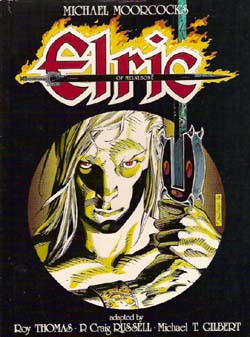
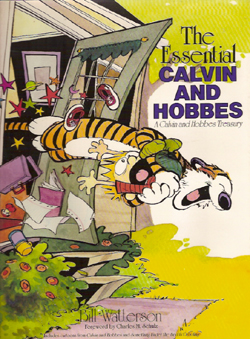 Â
 